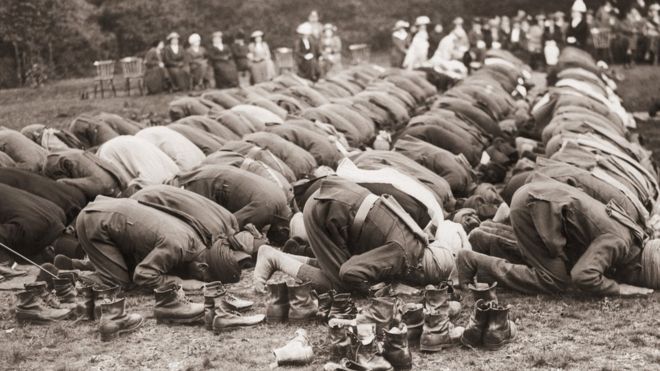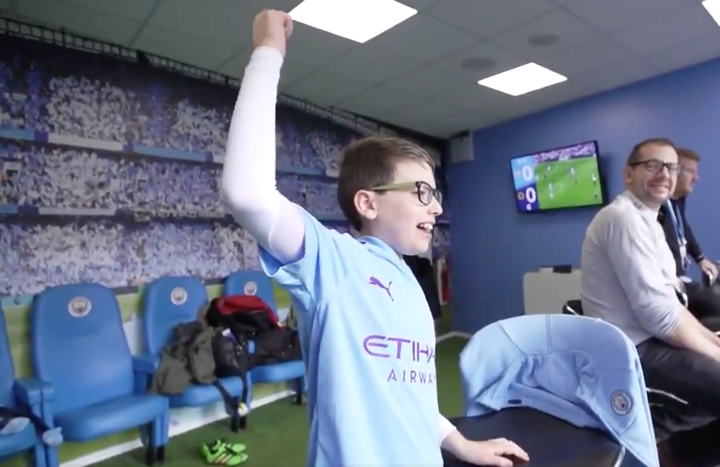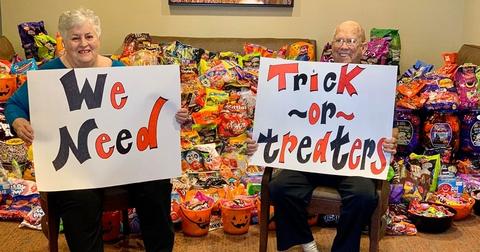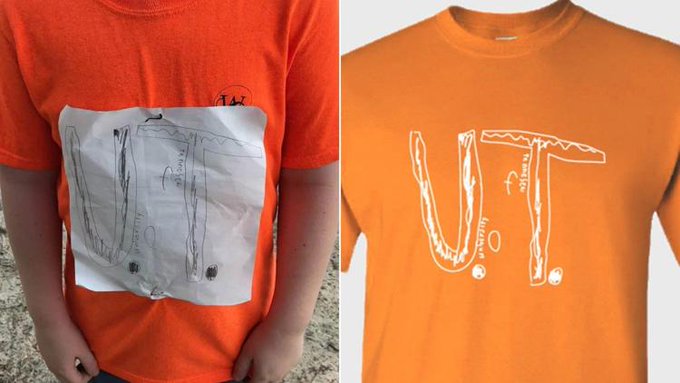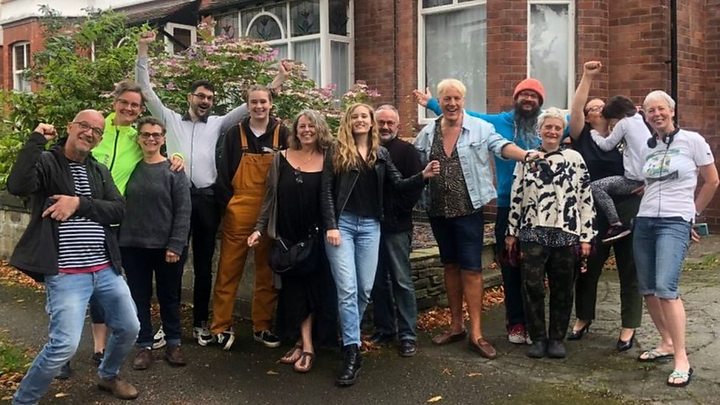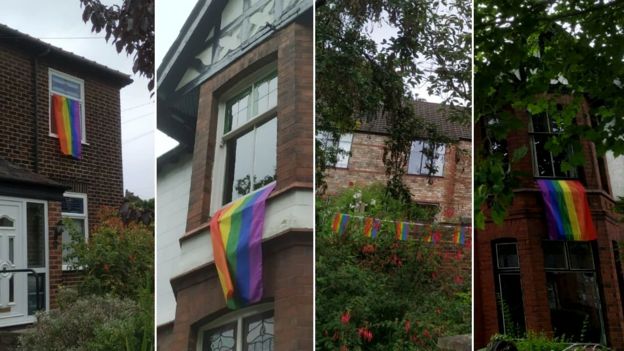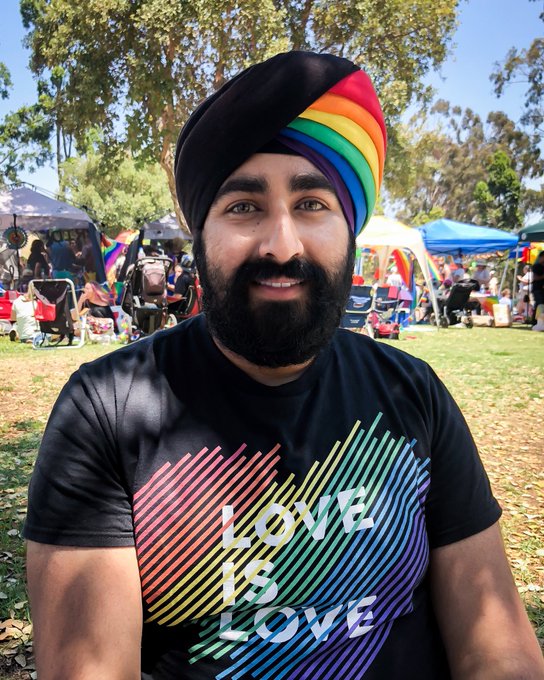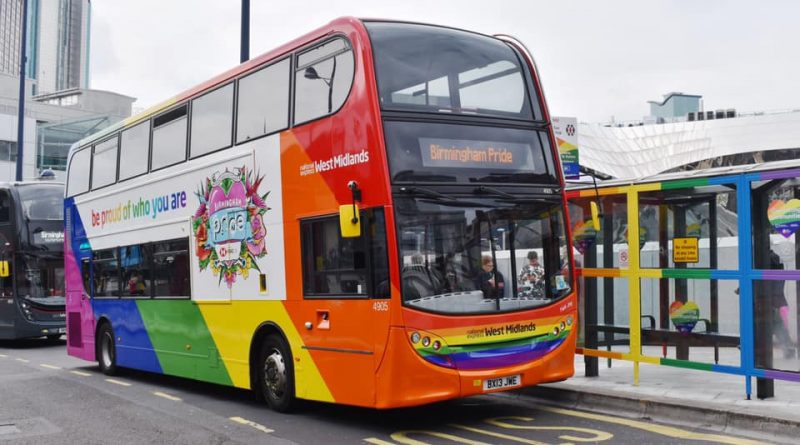
https://secretldn.com/mind-the-gap-embankment-station/?fbclid=IwAR30gdsWyENmcHmKsPjt2_fXbwe5D_L9DTUHJjvx6Na8v-BtLy_tsjx69eI
Visitors to London Underground stations hear a friendly warning every time a train arrives; "Mind the gap!" which reminds people to step over the gap between the train and the platform. One morning at Embankment station an elderly woman approached a guard to ask why the voice making the announcement over the loudspeaker had changed. The guard told her that all the announcements across the London Underground had been updated so the old voice had been replaced.
The woman was a GP, Dr Margaret McCollum. She told the guard that the old voice was her husband; an actor called Oswald Lawrence who never became famous but had recorded "Mind the gap!" for all the London underground stations in the 1970s. Oswald died in 2007 and Margaret missed him very much; she felt alone but every day on her way to work at Embankment station she could hear Oswald's voice. Sometimes she would wait on the platform a little longer just to hear his voice every time a train in.
The staff at Embankment station listened to her story and said they would try and find the old recordings, but they knew it would be impossible as the whole system had been erased. Margaret knew that she would not hear Oswald again.
The following year, Margaret was sitting on the station on her way to work when a train arrived and the announcement came over the loudspeaker; "Mind the gap!". Margaret couldn't believe what she heard; it was Oswald speaking!
Many people at Embankment station felt empathy with Margaret; they too had lost loved ones and knew how it felt to feel alone. They wanted to help, so an operation had begun to restore Oswald's announcement. And that is why today if you travel on the underground you will hear a digitalised voice warning you about the gap at every other station, but at Embankment station you will hear only one human voice, a booming male voice saying, "Mind the gap!" and it's Oswald.
What do you see in the picture?
where is it?
What do people hear while standing at the station?
explain the story
- How do you think Margaret felt when she heard Oswald's voice every morning?
- He was only saying three words; she couldn't hold a conversation, so why do you think she would sometimes wait on the station to hear him again and again?
- How did Margaret feel the first time the announcement was a different voice?
- The guard was probably very busy, why do you think he stopped and listened to her story?
- Oswald's recording had been erased, why do you think staff spent so long trying to restore it? Why didn't they just say, "sorry, it's a different voice now."
- what does empathy mean?
- how do you think Margaret felt when she heard Oswald again?
- this story has gone viral; why do you think that is? What does that show about people around the world today?
- Why is this story about no outsiders? (Margaret felt like an outsider, but the staff worked together to make sure she felt welcome and loved)
- what can we learn from the staff at Embankment station?
Merry Christmas everyone!
No Outsiders in our school: Teaching the equality act in primary schools by Andrew Moffat
Reclaiming radical ideas in schools: Preparing young children for life in modern Britain by Andrew Moffat




